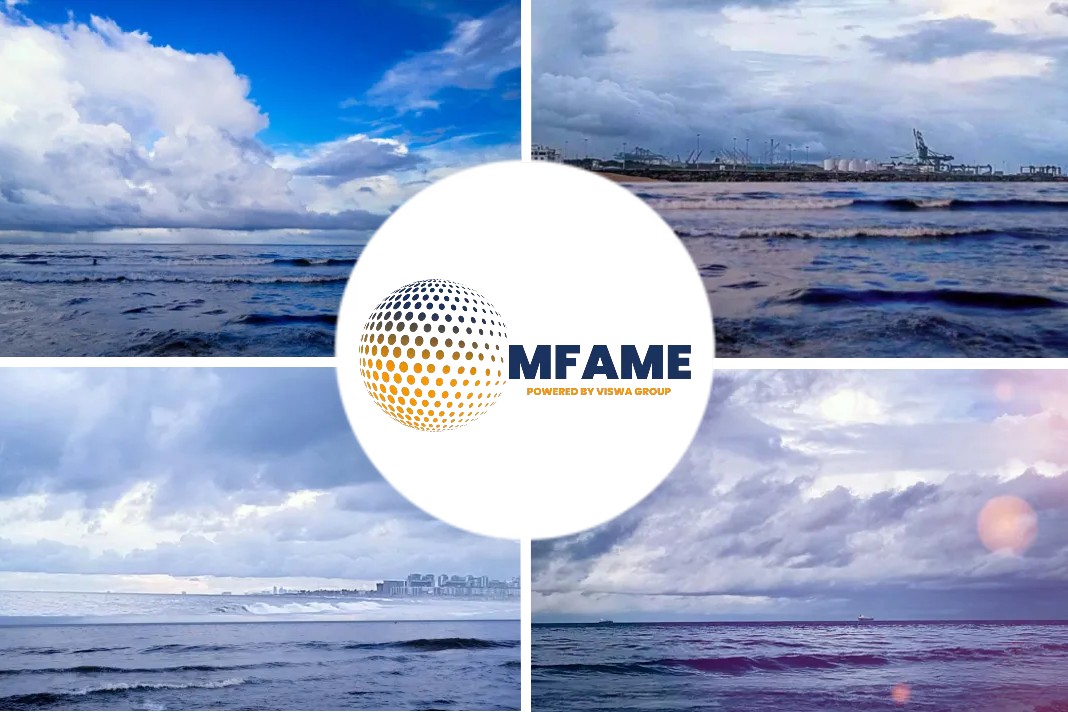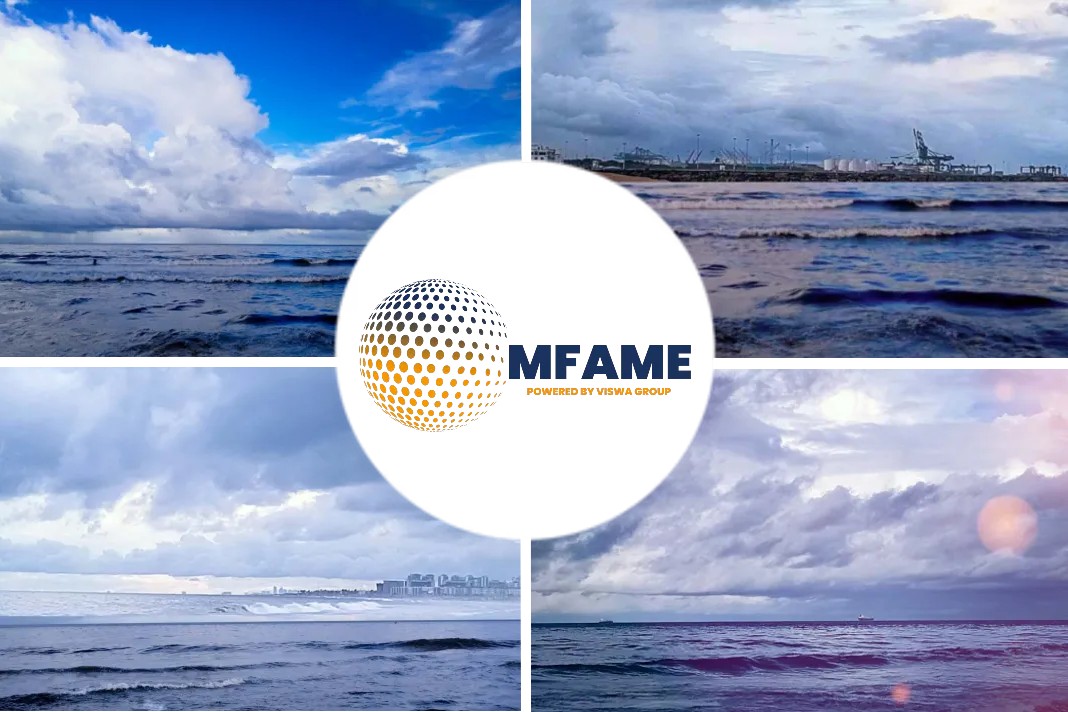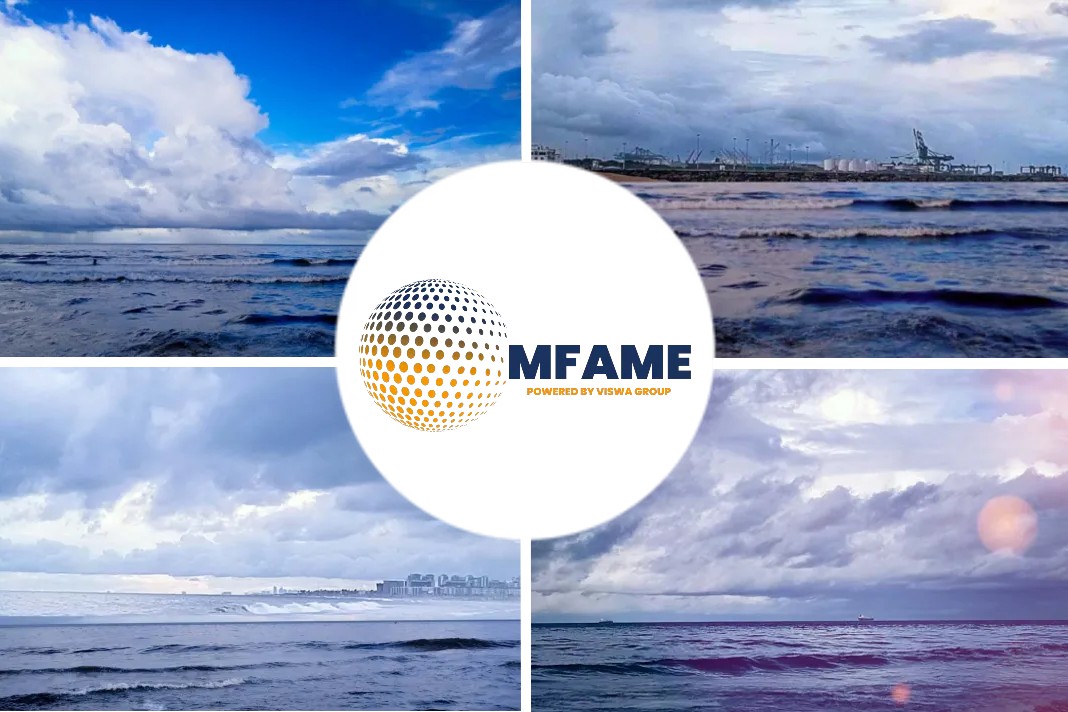This week, European energy trends have top billing as our editors look at Germany’s efforts to guard against winter gas shortages and rising EU carbon prices. In the US, the recently adopted Inflation Reduction Act will have some impact on oil and gas upstream costs, while in global sugar markets, the Philippines is causing a stir with its import policy moves.
Exposed to high gas supply risks, Germany presses on with special measures
What’s happening? European gas prices continue to set new record highs on the back of concerns over supply shortages and strong demand triggered by EU-wide mandates for storage injections.
Wholesale gas prices in Germany in particular are among the most expensive in Europe given the curtailments in Russian imports via Nord Stream.
Adding to Europe’s supply concerns, Gazprom announced Aug. 19 that it would close the Nord Stream pipeline completely for three days of maintenance on Aug. 31, leading key contracts to surge in early European trading Aug. 22.
What’s next? Germany has set itself strict gas storage filling targets, requiring a level of 95% by Nov. 1, which could be challenging to meet according to the German energy regulator.
Berlin is also cutting VAT on gas use from 19% to 7%, providing loans to the THE market manager to buy gas and bailing out ailing utility Uniper.
It is also set to sign binding contracts with Uniper, RWE and EnBW obliging the utilities to make use of all the capacity in two planned floating LNG import terminals set to begin operations at the turn of the year.
EU carbon prices close in on all-time highs
What’s happening? Carbon allowance prices under the EU Emissions Trading System are closing in on all-time highs, driven by supply curbs in August and strong demand as a lack of nuclear and hydro power have increased the need for gas-fired electricity.
EU Allowance prices surged to a high of Eur96.53/mtCO2 at the close Aug. 18, according to Platts assessments published by S&P Global Commodity Insights.
What’s next? While carbon prices are within striking distance of Eur100/mtCO2e, the recent gains could prove short-lived.
Auction volumes are set to rebound by over 90% in September, while an uncertain macro-economic outlook in Europe could further weigh on demand, putting downward pressure on prices in the near-term, according to Platts Analytics.
New climate bill increases costs to oil operators but allows for future lease sales
What’s happening? The recently enacted Inflation Reduction Act is a mixed bag of regulations affecting the oil and gas industry.
It increases costs for operators but provides for reinstatement of offshore oil and gas lease sales that were either cancelled or whose results were vacated.
What’s next? On the cost side, the impact on well breakevens is relatively small (up to less than $3/b) in the current high oil price environment ($90+/b WTI) and affects primarily operations in federal acreage onshore.
Royalties increase from 12.5% to 16.67%; a fee for operators who emit too much methane will reach as high as $1,500/ton, beginning in 2026; minimum bids will be $10/acre from the current $2/acre; and lease rentals increase from $1.5/acre to $3/acre for first two years, rising to $6/acre for the next six years and $15/acre for each year thereafter.
On the positive side for oil operators, the bill reinstates Gulf of Mexico Lease Sale 257, which was canceled by a federal judge over climate concerns. It also requires that three offshore lease sales that were supposed to occur in 2022, but were canceled by the Interior Department, take place.
Did you subscribe to our daily newsletter?
It’s Free! Click here to Subscribe!
Source: SPGlobal



















